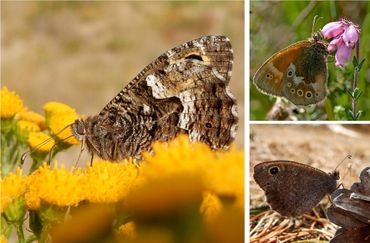Insects in Ceuta
Until now, the National Catalogue was made up of a large number of species from the Iberian Peninsula, the Balearic Islands and the Canary Islands, collecting many endemic species from these areas; but the unique species present in the Autonomous Cities of Ceuta and Melilla had been ignored. The Autonomous City of Ceuta, because it is located in North Africa and in one area, the Tingitana Peninsula, with its high biodiversity, it is home to numerous exclusively North African taxa and several endemic Tingitans. Thus, in the Spanish State and the entire European Union, this group of species is only present in the territory of the Autonomous City of Ceuta.
The three species of insects included correspond to beetles and are: Chasmatopterus zonatus, Carabus riffensis and Dorysthenes forficatus; the first is only known worldwide from Ceuta (cliffs of Monte Hacho), the second from forested areas of Ceuta and western Rif and the third from palm heart areas of Ceuta and northwestern Morocco. The first two have been listed as "vulnerable" and the third as "of special interest". These three taxa show high scientist interest.




